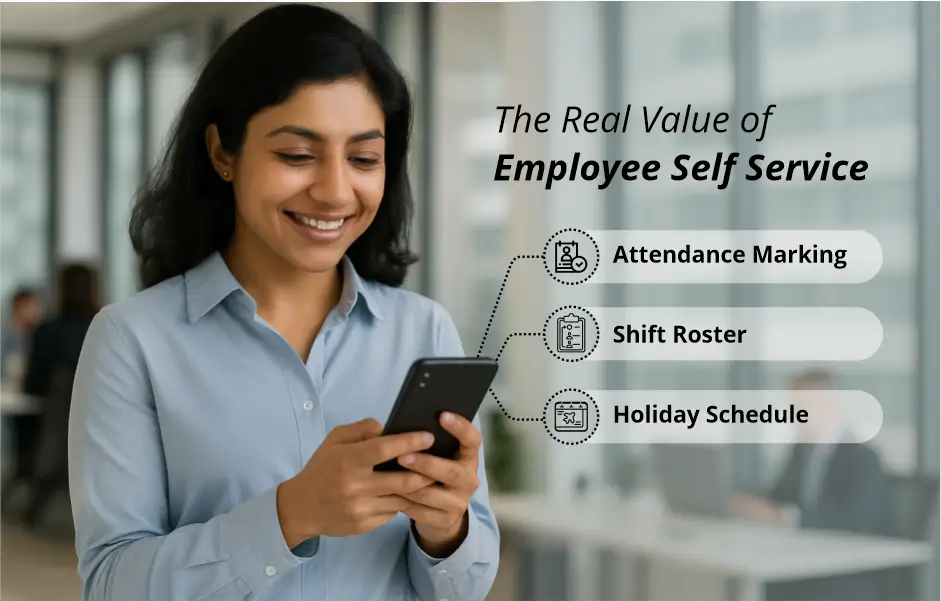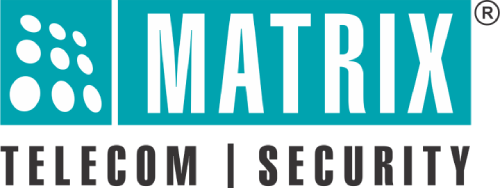
In today’s dynamic business environment, organizations are rapidly adopting digital solutions to enhance operational efficiency and employee satisfaction. One such transformative tool is the Employee Self Service Portal—a digital gateway that empowers employees to manage their personal and professional information independently.
Gone are the days when employees relied heavily on HR teams for every basic task, from accessing payslips to applying for leave. The modern workforce expects autonomy, transparency, and speed—and the Employee Self Service Portal delivers exactly that.
The Shift Towards Self-Service: A Global Reality
The adoption of ESS platforms isn’t just a trend—it’s a strategic imperative. According to a 2023 report by Deloitte, organizations using self-service HR tools report 30% fewer administrative queries and a significant boost in HR productivity. Similarly, a survey by Sierra-Cedar noted that 62% of companies with mature ESS systems see increased employee engagement.
The underlying reality? Employees are no longer satisfied with paper forms, long email trails, or waiting in queues to get basic work-related tasks done. They want real-time access, mobile-friendly platforms, and the ability to manage their information anytime, anywhere.
What is an Employee Self-Service Portal?
An Employee Self Service Portal is a web-based or mobile-enabled platform that allows employees to perform a variety of HR-related functions without direct intervention from the HR department.
Common Features Include:
- Viewing and downloading payslips and tax documents
- Leave and attendance management
- Updating personal or contact details
- Viewing holiday calendars
- Checking work schedules or shift rosters
- Raising and tracking service requests
Some advanced portals also include travel request modules, performance review access, feedback channels, and integration with access control and time-attendance systems.
Why Does Your Organization Need It?
While the convenience is apparent, the deeper benefits of ESS go beyond basic functionality. Here’s why adopting an Employee Self Service Portal is no longer optional for future-ready businesses:
1. Enhanced Employee Experience
For instance, a sales executive on the move can instantly apply for casual leave or check remaining time-off balance via their mobile app—no need to wait till they’re back at their desk or coordinate over emails with HR.
2. Operational Efficiency
Instead of manually entering attendance correction requests for 100+ employees every month, the HR team can now approve or reject requests in bulk with just a few clicks, saving hours of administrative work.
3. Data Accuracy
When employees update their own information, there’s less room for human error. For example, if an employee shifts to a new address or changes their bank account, they can update it directly on the portal—avoiding miscommunication, outdated records, or payroll delays.
4. Real-time Accessibility
For instance, a factory worker at a remote location can punch in attendance via geo-tagged mobile access and view their attendance report instantly—without relying on a central HR desk.
5. Cost Reduction
A well-implemented portal reduces the need for paper-based systems and manual follow-ups, directly cutting down administrative costs and improving turnaround times.
Reality Check: Are You Still Using Emails for Leave Requests?
Despite the clear advantages, many mid-sized and even large organizations still use manual or semi-digital systems for employee requests. A 2024 report by SHRM revealed that over 40% of HR teams in India still process leave applications over email or spreadsheets. This not only increases the risk of errors but also creates audit and compliance challenges.
So, if your employees are still emailing HR for attendance corrections or visiting payroll to print old salary slips—your organization is due for an upgrade.
What Makes a Great ESS Portal?
Not all portals are created equal. A robust Employee Self Service Portal should:
- Be intuitive and easy to navigate
- Offer multi-level authentication for data security
- Be mobile-responsive
- Provide real-time sync with attendance and payroll systems
- Support multi-language interfaces (especially for diverse or large workforces)
- Include dashboards and analytics for employees and admins alike
How Matrix COSEC ESS Elevates the Experience
Choosing the right Employee Self Service Portal is not just about digitizing leave requests or showing payslips. It’s about enhancing employee autonomy, streamlining HR operations, and future-proofing your workforce strategy. That’s where Matrix COSEC ESS stands out—not just as another ESS platform, but as a complete People Mobility Management Solution tailored for today’s fast-evolving enterprises.
Matrix’s ESS offering goes beyond standard functionalities. Along with core modules like time-attendance, shift roster, leave management, and holiday schedules, it offers unique and advanced features such as:
- Online Attendance Marking via web or mobile
- Bluetooth, QR Code, and Face Recognition–based access control
- Health and wellness declarations and photo-based group attendance
- Pre-order cafeteria meals, view cafeteria balance, and correct it in real time
- Customizable dashboards with language preferences and third-party widget support
- Real-time notifications and OTP-based secure logins
Whether you’re a manufacturing plant managing hundreds of contract workers or a corporate office with mobile field teams, Matrix COSEC ESS fits seamlessly into your existing workflows—on-premise or on-cloud (COSEC CENTRA or VYOM).
And because it integrates with other Matrix modules like visitor management, job processing, costing, and field visit tracking, it becomes a centralized platform for people and process visibility—cutting HR overhead, reducing errors, and boosting employee satisfaction.
The workplace of the future is agile, decentralized, and tech-enabled. Empowering employees with the right tools not only boosts productivity but also fosters a culture of trust and accountability.

